An Innovative GPS Tracking App
Our project aim was to deliver an innovative GPS tracking app within a 48 hour timeframe for an epic automotive challenge and journey across the U.K. and back. The journey itself took digital enthusiast Matt Porter 1,257 miles across the U.K. from Ness Point to Ardnamurchan in Scotland.
At a Glance
- Client took 1,257 mile journey across the U.K. in a Tesla S within a four day timeframe.
- Coderus needed to deliver a vital GPS tracker within a 48 hour timeframe using agile methodologies.
- We designed a mobile application that is fully functional across multiple Android devices.
- The journey was complemented by aerial shots from a portable image-stabilised 4-K drone.
The Challenge
In 2017, digital enthusiast Matt Porter, also known as The Gadget Man set himself a goal to prove that electric cars are a viable alternative to their fossil-fueled counterparts. Armed with a Tesla Model S, Matt and best friend Paul set about planning an epic 1,257-mile journey from the U.K.’s most easterly point at Orfordness in Suffolk to Ardnamurchan in Scotland and back, in just four days.
Although Matt’s initial plan was to live-stream his journey via Facebook and YouTube, Coderus had the idea to design and develop an innovative tracking app instead that would document every section of the journey from start to finish and keep his friends, sponsors and family updated of his progress.
The Methodology
Matt’s brief was for us to deliver a simple Android application that would relay GPS information from his phone to the Electric Car Challenge website. Adhering to agile principles, a working prototype of the mobile application was created over two days with a single iteration before being passed down to Matt for stakeholder approval.
In terms of design, our UI designers made use of some Android design elements that would create an exceptional visual experience, including collapsing the toolbar layout.
Our UI design process follows all necessary material design guidelines to ensure the app was both fully functional and visually appealing.
During the design and development process, efficiency was key for adhering to the very short timeframe. The app was quality tested and ready to go in time for Matt’s journey. To provide Matt with some flexibility, we ensured that the UI worked beautifully across a variety of Android devices using cross-platform integration.
When it came to the testing and development stages, our developers targeted the latest version of Android to make use of the latest platform features, with the native application written in Java and supporting Android Lollipop 5.0 and up. The location data was provided by the Android Framework to make use of high accuracy code.
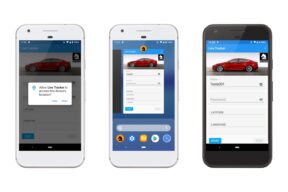
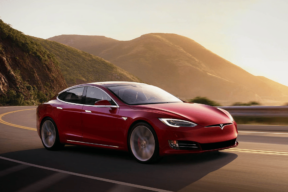
The Tech_
- We created a native Android application which was written in Java, supporting Android Lollipop 5.0 and up.
- We used the latest Material Design to produce the UI, including collapsing toolbar layout.
- The application made use of a model, view, view model (MVVM) architecture.
- Location data was provided by the Android framework location services to access information on the device about the user’s location.
- We used the Retrofit library, an industry standard technology to send data to the web service displaying the map of his location.
Project Services
Mobile App DesignUser Experience (UX) Design
User Interface (UI) Design
Mobile App Development
iOS App Development
Android App Development
Software Development
Embedded Software Development
Quality Assurance & Testing
Support & Maintenance
Internet of Things
Consultancy
Strategy
Agile Software Development Company
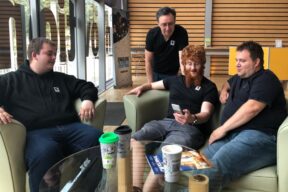
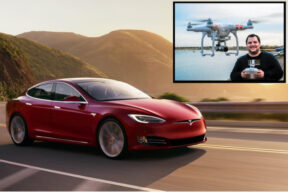
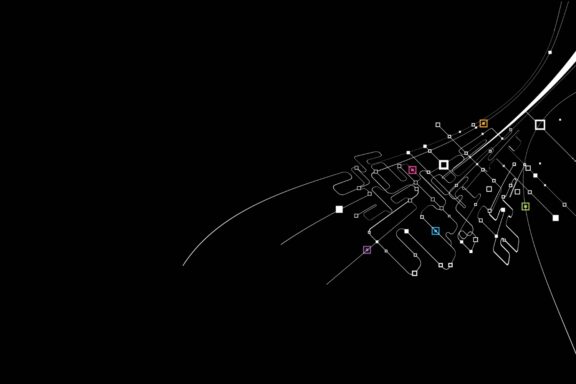
By adopting a flexible approach to Matt’s needs, the in-house team here at Coderus pulled together to design and develop a mobile application that could be used to track the 1,257-mile journey across the U.K.
On the application itself, the user and password were used to securely authenticate with the server when sending Matt GPS data. All the latitude and longitude values were updated each time new location data is sent to provide a constant stream of information. The location data was then published on a map on Matt’s website to reveal the mammoth journey from the East of England to Scotland and back.
From design through to product development and evaluation, we ensured that a working prototype of the mobile application was created in the short time frame of two days. The mobile application was ready five days prior to the event, giving Matt a chance to perform necessary testing before the start of the trip.
The result was a fully operational, innovative mobile tracker application that could be run quietly in the background of Matt’s phone throughout his journey. Matt received a notification every five minutes with geographical updates and traffic information, which were sent for posting on the East-West road trip website to comply with the Android system requirements.
The app was designed to improve battery life and run instantaneously in the background and without the need to be on charge throughout the journey. We are pleased to say that Matt was a very satisfied customer and the entire journey was tracked and documented exactly how he wanted it.